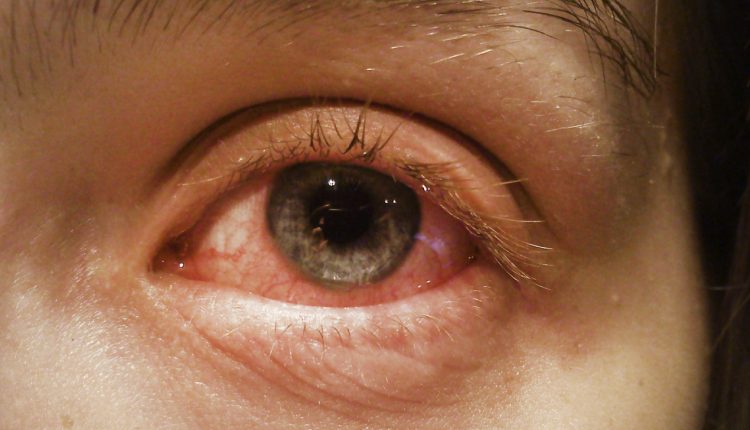“Conjunctive Virus,” its Causes, and Treatment
Understanding the Causes and Treatment of the "Conjunctive Virus" Disease

In recent times, the global landscape has witnessed a pronounced surge in the prevalence of conjunctivitis, colloquially known as the “conjunctive virus.” This phenomenon has elicited significant concern due to its rapid transmission and distressing impact on affected individuals. This comprehensive article endeavors to unravel the complexities of conjunctivitis, delving into its nuanced etiology, symptomatic manifestations, and efficacious treatment modalities.
An Insight into Conjunctivitis: An Overview: Conjunctivitis, commonly referred to as “pink eye,” entails the inflammation of the conjunctiva—a delicate, transparent membrane enveloping the sclera and the inner surfaces of the eyelids. The condition’s multifaceted nature gives rise to distinct types of conjunctivitis, each propelled by unique factors.
Types and Underlying Causes:
- Viral Conjunctivitis: The notorious “conjunctive virus” stems from adenoviruses, resulting in a range of disconcerting symptoms such as redness, watery discharge, and pruritus.
- Bacterial Conjunctivitis: Infections by bacteria like Staphylococcus aureus and Streptococcus pneumoniae lead to purulent discharge, eyelid matting, and discomfort.
- Allergic Conjunctivitis: This variant, triggered by allergens spanning pollen to pet dander, incites itching, redness, and lacrimation.
- Giant Papillary Conjunctivitis: Linked to prolonged contact lens use, this type manifests as itching, foreign body sensation, and papule formation beneath eyelids.
Symptoms and Profound Clinical Expressions: The symptomatic spectrum of conjunctivitis encompasses a spectrum of clinical expressions, including:
- Ocular Hyperemia: Inflamed blood vessels confer a distinctive red hue to the eyes.
- Pruritus and Irritation: A relentless urge to scratch the eyes accentuates the discomfort.
- Ocular Discharge: Depending on the variant, eyes may exude either serous or purulent discharge.
- Photophobia: The condition often intensifies sensitivity to light.
- Ocular Grittiness: Many experience the sensation of grittiness or the presence of a foreign body within the eyes.
Holistic Therapeutic Approaches: Efficient management of conjunctivitis hinges on a tailored approach aligned with the underlying cause:
- Viral Conjunctivitis: Given the viral origin, antibiotics are ineffective. Symptomatic relief involves cold compresses and lubricating eye drops.
- Bacterial Conjunctivitis: Bacterial infections warrant antibiotic eye drops or ointments for resolution.
- Allergic Conjunctivitis: Antihistamine eye drops, artificial tears, and allergen avoidance strategies offer solace.
- Giant Papillary Conjunctivitis: Discontinuing contact lens use coupled with medicated eye drops alleviate discomfort.
Preventive Measures and Vigilance: To counteract conjunctivitis, particularly its viral manifestation, adherence to hygiene protocols is pivotal:
- Rigorous Hand Hygiene: Frequent handwashing serves as a crucial deterrent against viral transmission.
- Minimize Ocular Friction: Refrain from rubbing the eyes, as this exacerbates symptoms and facilitates virus transmission.
In Conclusion: Conjunctivitis, with its multifarious nuances and varying etiologies, demands a nuanced and personalized therapeutic approach. By comprehending the intricacies of its causative factors, symptomatic manifestations, and recommended interventions, individuals can navigate this condition with informed awareness and prompt medical intervention, when necessary.
